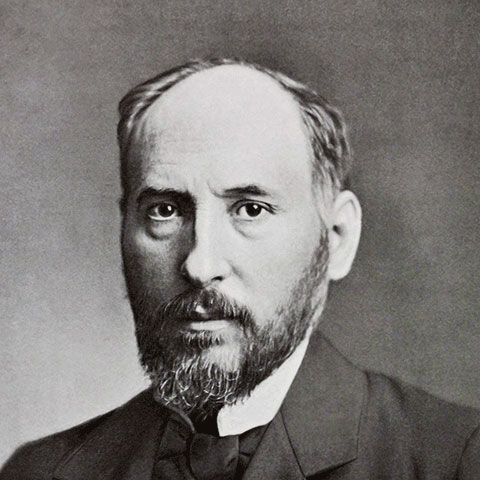The main reason to focus on acoustic monitoring
when organizing courses of bioacoustics in remote natural parks is this:
it is very challenging, quite expensive,
and time-consuming to bring sound production and sensory
processing neurobiology experiments to the field.
Because I want to organize high-level on-site courses,
which are also short and affordable, neurobiology is not included.
( But this other part of bioacoustics is included in the
neuroethology schools.)
Noticeable our bioacoustics workshops always follow biocentrism
- more than anthropocentrism - to make students remember
that what we hear, record, and interpret out of animal signals
is not what the animals themselves hear, decode, and interpret.
In our desire to play a good Dr. Doolitle, it is essential
to "learn and emulate the whats and hows of animal communication".
But in understanding how is it that information transfer occurs,
one obvious first step is the acquisition and analysis
of high-fidelity recordings of the acoustic repertoire of our species.
That is one key goal of our acoustic monitoring and bioacoustics workshops.
To accomplish this goal we have to identify, address,
and solve many theoretical and practical challenges.
From the physics of sound to the critical evaluation of the recording gear,
from the digitalization of signals to the construction of data-smart spectrograms,
from the understanding of traditional acoustic parameters to the coding
of tailored measurements to tackle the specifics in our projects.
We have to make it all work.
Bioacoustics first sparked in me when I started my training with
my German advisor Prof. Dr. Manfred Kössl in 1996. ( Check Manfred's research
here ).
He and Prof. Dr. Marianne Vater were exquisite at their research
in the lab and so much fun in the field. Our bat-cave-hunting expeditions are unforgettable.
A second spark came with the Workshop on "Recording Natural Sounds" in 2002,
the first one of its kind in Cuba. That one was organized by the staff of the Cornell Lab of Ornithology.
Greg Budney ,
Chris Clark , and
Russ Charif
left a serious mark
on my bioacoustics motivation and early training.
They were the ones who made me pay attention to sounds outside bats and moths.
And after meeting them I went full into bioacoustics mode!
Together with my students, I started right away with bioacoustics research
in birds, frogs, dolphins, fishes, long-horn beetles, hutias, and crocodiles.
Yes, crocodiles.
Three years later was the time to start giving back. And in 2005
I organized my first on-site workshop on "Bat Echolocation Monitoring".
Notice in the photo below that I still had hair in 2005!
Then, in 2007, I was invited to join the Cornell Lab of Ornithology faculty
to teach a workshop on "Bioacoustics in Conservation". That was a true honor! 😊
Later came the requests to organize and teach on-site courses
about bioacoustics in other Latin American countries.
For the last courses, I was joined by Greg Budney from CLO, and by a team
of talented programmers (Alfredo Somoza, Frank Macias, and Yovany Silva)
with whom I was developing "duetto, a platform for the automatic acoustic
monitoring of biodiversity”. The courses were organized around our platform.
( After 8 years of work, duetto is still under development, facing the well-known challenges of lack of time and funding 😖 )
Here are a few characteristics of my bioacoustics courses:



















